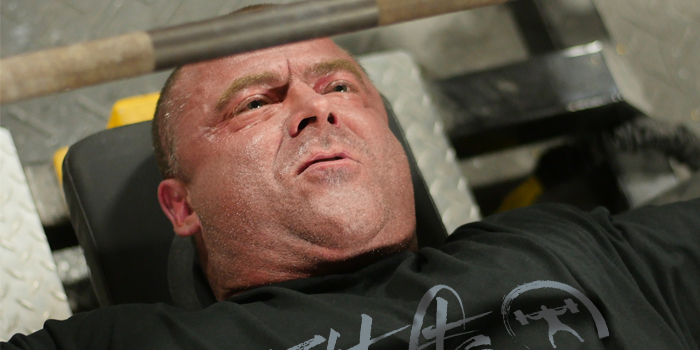
We all have vehicles that we drive on a daily basis to and from work and to various functions. Our vehicles endure hailstorms, potholes, bad weather, bumps, and various odd mishaps or accidents. In order to keep our vehicles working properly, we have to schedule proper maintenance. Regular scheduled oil changes, keeping your fluids topped up, changing spark plugs and getting tune ups should be part of regular maintenance. If the windshield is cracked, we need to replace it. If the water pump breaks or you get a hole in your radiator, you need to replace the parts to keep everything working on your car.
Our bodies work in a similar fashion and we need to manage our bumps, bruises, ligament tears, muscle strains and sprains to keep everything working at an optimum level. If you are a powerlifter, you will experience injuries. Some will be minor in nature and some may be significant. We have to monitor and manage these injuries in an attempt to function at an optimum performance level.
There is a wide variety of vehicles: economy cars, mid-sized sedans, four wheel drive Monster Trucks and SUV’s, to name a few. If we were using the analogy of vehicles to describe a powerlifter, we would have to go with a Nitro-methane burning Top Fuel Dragster. These cars drag race the quarter mile in less than four seconds and at over 300 miles per hour. After every single run, the pit crew tears apart the engine, checks the rods and pistons for any damage and replaces the bearings, rings, valve springs, and anything else that needs replacing. That type of racing is so extreme and engines are so powerful that they literally run on a fine line of getting to the finish line or blowing apart in a fiery explosion! This is your body when you powerlift and your body deserves the same attention from a qualified pit crew.
Who is your pit crew? Your pit crew is your physician, chiropractor, RMT, specialist or surgeon. All physicians, chiropractors, RMT’s are not created equal. Like any other profession, there are the regular, average people who offer treatment that is standard for specific problems. However, there are also people who stand out in their field and are able to pin-point any source of damage or issue you are suffering and are able to treat the source of the problem. These are the people you want to seek out to be on your pit crew!
For the past eight months I have been having a severe stabbing pain in the mid-thoracic area of my back immediately after I deadlift or I squat. I have no pain whatsoever when I’m lifting the weight but when I unload the weight into the rack or onto the floor; it feels like somebody stuck a dagger in both sides of my back along each side of my spine. This became so uncomfortable it started to affect my training. Before competing at the WPC Worlds last November, I hadn’t deadlifted since August. I did one warm-up pull with four plates and just sucked it up and pulled at the meet knowing I would suffer extreme pain.
I went through the motions of going to my family physician first and asking for an x-ray. I advised my back was giving me issues when I was lifting so the wonderful, wise Doctor suggested, “just don’t lift.” (Ummm... does not compute).
I got a call that my x-rays looked okay so they wouldn’t order an MRI. In the physician world if there isn’t an obvious fracture or break, you’re good to go. I sought out different chiropractors and drove hours to try acupuncture, ART, laser therapy, shockwave treatment. Although it provided minimal relief, nothing seemed to work and I was desperately thinking that moving forward, my lifting would simply be a continuous painful experience anytime I trained.
One of my training partners suggested I go see Dr. Ken Kinakin who was a powerlifter himself and more in-tune to injuries that accompany such an extreme sport.
Dr. Kinakin is a Chiropractor, certified Strength and Conditioning Specialist, and a certified Personal Trainer. He treats everyone from the general public to world champions. He is also the founder of the Society of Weight-Training Injury Specialists, which educates and certifies Doctors, Therapists and Personal Trainers in Exercise Muscle Testing, and the rehabilitation and treatment of weight training injuries.
Ken has competed in bodybuilding and powerlifting for over 30 years and still competes in powerlifting, and he regularly lectures across Canada, the United States, and Europe to Doctors and Personal trainers on topics such as weight training, rehabilitation, and nutrition. He has also lectured for the National Strength Conditioning, was Can-Fit-Pro’s Canadian Presenter of the Year, and presents regularly for rehabilitation certification seminars. He sat on the Canadian Powerlifting Medical Committee for over 10 years and treated at many national and world championships.
Meet my new crew chief!
On my initial visit and assessment to see Dr. Kinakin, it was obvious to me how passionate he was about lifting, training and fixing injuries. I was there for about one and a half hours and he reviewed my x-rays and told me my L1, and L2 were a little compromised but compared to a lot of lifters he’s treated, I was in relatively good shape. He was adamant he could get me fixed up. Ken explained the assessment process and how to deduct whether the problem was muscle, joint or nerve related and the process of figuring out how to treat the issue. We did a series of tests lying on his table to ascertain if everything was working properly. Dr. Kinakin would put me in a particular position and ask me to push against him or try to resist as he pushed or pulled against different muscle groups. In certain positions I could resist or push properly however there were a few times he could easily push or pull me out of position because my body wasn’t able to resist any pressure. Therefore some muscles weren’t firing properly or engaging when contracted. This is called exercise muscle testing.
EPIPHANY:
My Quadratus Lumborum (QL) muscles weren’t firing whatsoever and my abdominal muscles weren’t firing either. Your QL muscles attach your pelvis to your lumbar spine. The quadratus lumborum can perform four actions:
1. Lateral flexion of vertebral column, with ipsilateral contraction
2. Extension of lumbar vertebral column, with bilateral contraction
3. Fix the 12th rib during forced expiration
4. Elevates the llium (bone), with ipsilateral contraction
When you’re squatting, benching or deadlifting, your cues are to stay as tight as possible. This is what helps with supporting your thoracic mid-section to handle heavy weight. Since my abdominal muscles and QL muscles weren’t firing, my mid-section wasn’t staying tight and with my L1, L2 being compromised, I was experiencing severe pain from the lack of support under heavy loads.
Another interesting note: When I lied on my back on the table, Dr. Kinakin noticed I had a large vertical six inch scar along the left side of my abdominal wall. He said, “we’ll have to treat that scar”.
When I was 17 I was helping to remove an air conditioner from a second floor window and when the support bracing was removed from inside, the air conditioner slipped and the corner sliced open my stomach. I had 30 stitches to repair the laceration. Dr. Kinakin advised that scar tissue can interrupt the nerve signaling to fire muscles and can impair your ability to fully contract a muscle. I did not know this!
TREATMENT:
Dr. Kinakin treated my QL with deep acupuncture and electrical impulses to awaken the muscle from its hibernation. He then utilized a heavy duty-vibrating tool called a percusser to loosen up and elongate the muscle. It works on releasing facial tension and neurologically decreasing the muscle tension. I turned over and he treated my scar with a device described as needleless acupuncture. The device, The Dolphin Neurostim, is a needleless acupuncture that restores normal tissue polarity to skin and tissues that have scars. The neurostim could be adjusted to set the polarity to send signals through the scar and skin to help alleviate the scar tissue so nerve signals could register through the scar and initiate firing the abdominal muscles.
Dr. Kinakin then used the percusser to loosen and elongate the abdominal muscles along the oblique’s and anterior abdominal wall so they were more receptive to firing properly. Before I was finished Ken did a small adjustment on my L1, L2 to loosen up the vertebrae and promote better mobility. I was sent home and advised to do some asymmetrical cable or band abdominal work with one hand placed on my stomach to ensure the muscles were engaging during the exercises. I’ve also started to do light thoracic good morning movements for several minutes at a time to try and build up more strength and endurance in my back.
RESULT:
The trigger point for both my squats and deadlifts were 400 pounds. Anytime I was warming up in either lift I would start to experience the “back twinge” with four plates and it got progressively worse with added weight. My first squat session after my initial treatment was promising. I didn’t get any pain in my back until I reached 700 pounds so the treatment definitely changed the trigger point. I’ve been really focusing on squeezing my abdominal wall together and pulling my lats tight prior to lifting to stay as tight as possible.
Related Article: Corrective Work: The Overlooked Necessity for a Long Competitive Career
I went back for my second treatment with Dr. Kinakin and he did a quick re-assessment. My QL muscles were better but were still weaker than they should be. My abdominal muscles were a lot stronger but my left oblique was still very weak (thanks to my scar). We did the same treatment and I’m very excited to see how it works out with my squat session this weekend.
I’ve spoken with Dr. Kinakin and we are going to put together a video documenting my problem and the treatment we are using. We are also planning on setting up an interview with Dr. Kinakin to talk about how important it is to ensure your muscles are firing properly and some of the things you can do to ensure your looking after your body while trying to get the maximum performance out of it.
I can’t emphasize how important it is to find somebody that can keep your body tuned up and functioning properly. It’s like having a master mechanic for your racecar that knows your vehicle inside and out. Most doctors don’t understand the extreme nature of powerlifting or the loads placed on your joints, muscular-skeletal systems or central nervous system. Powerlifting is an extreme sport that demands you look after your body and treat it like a Ferrari. I’m sure you wouldn’t take your Ferrari to the Wal-Mart garage for anything. You would baby it, love it, polish it, keep it parked inside, and take it to a specialist for repairs. Your body deserves the same respect and treatment.
I am happy to have finally found my new crew chief that will keep my Top Fuel Dragster working and performing to its optimal potential. I am looking forward to developing a great working relationship with Dr. Kinakin and relying on his expertise to keep me lifting heavy for a long time down the road.










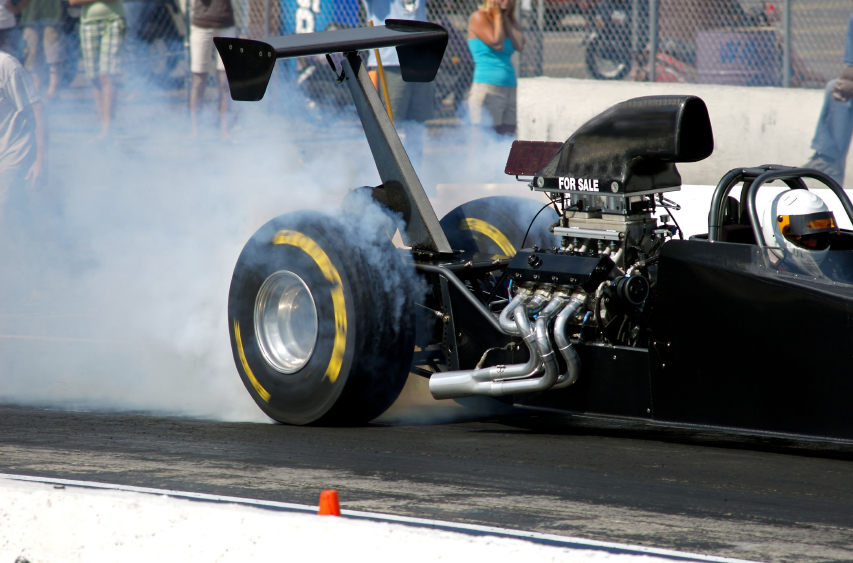
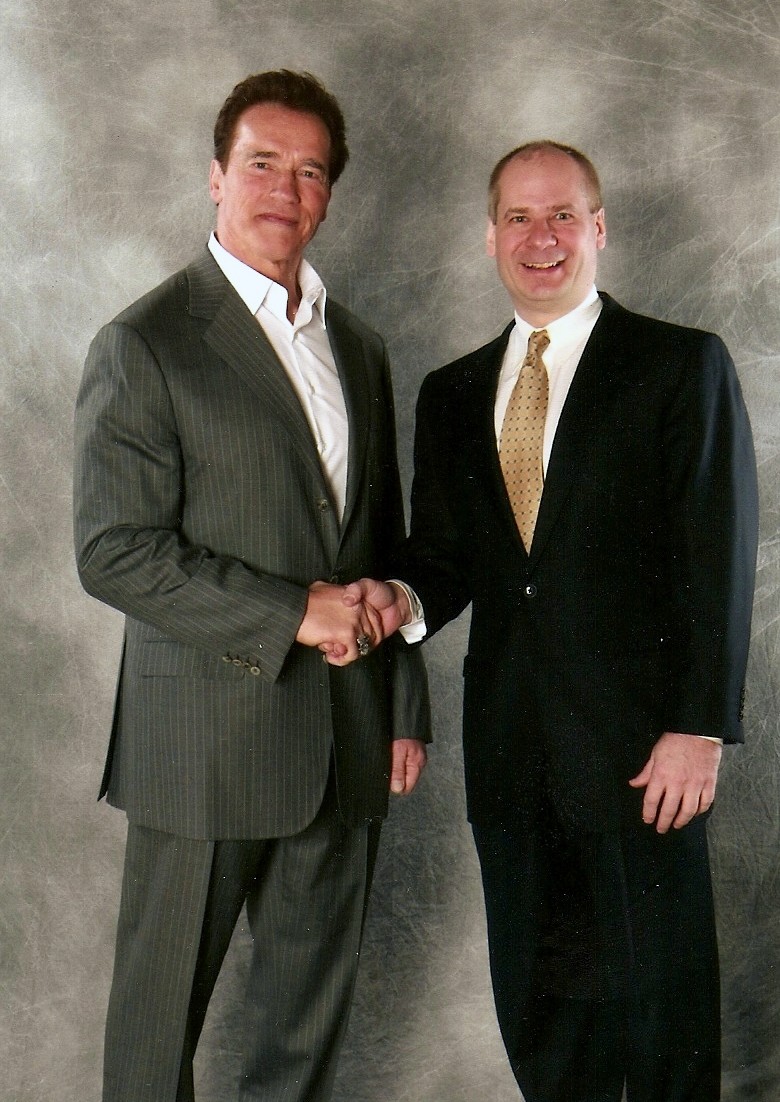
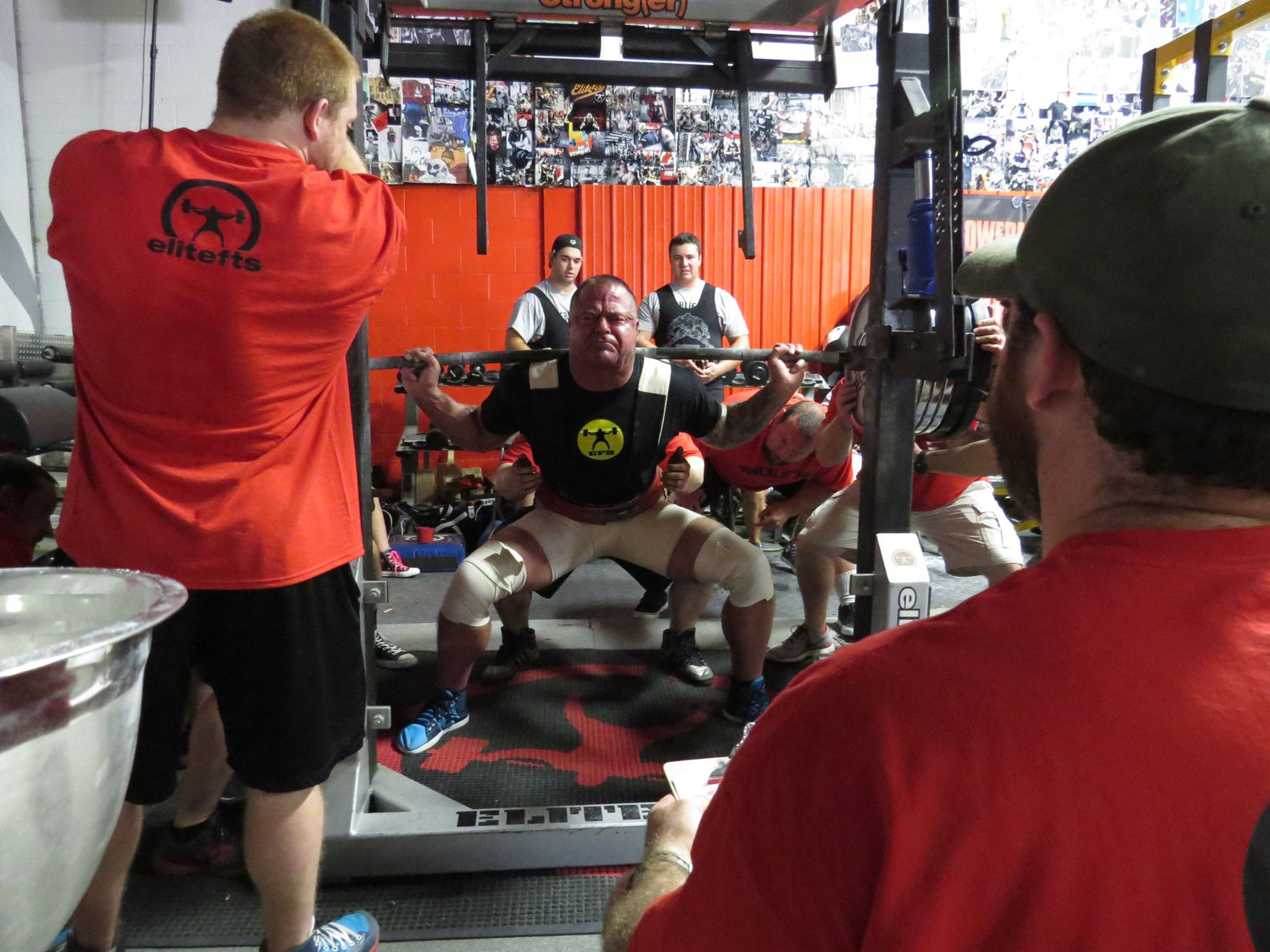
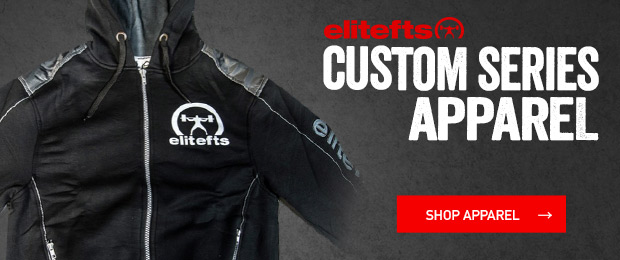
She crossfits, lifts, watbikes/spin bikes and circuit trains as well as S and C with no pain what so ever, but when she erg's she has back spasms which is so painful, she has to suddenly stop. She is at her wits end, and we have tried everything and almost every treatment. Tomorrow we are going back to her Doctors to see if we can have X rays or MRI.
Any suggestion's or comments would be greatly appreciated